This is a continuation of our series on Natural Vision Correction. Get to Part 1 Here.
Lazy Eights
This simple exercise packs a punch.
- It integrates both hemispheres of the brain.
- Relaxes the muscles of the hand and arm.
- Supports eye movement.
- Encourages eye-hand coordination.
Here’s how to do it.
Track the sign of eternity or the figure eight with your dominant hand, the eyes following. Start by moving your eyes from center to the left and top. Repeat the same exercise by making a lazy eight with your thumb, with your eyes following.
Central Fixation
The clearest point of our field of vision should be the one point we are looking at. This is central fixation. Anything in the periphery will not be as clear. Any attempt to bring everything in the entire visual field into focus creates strain and decreased vision.
These central fixation exercises will help reawaken the fovea centralis and restore the eye to its normal rapid speed of 60 to 70 vibrations per second. Located in the back of the retina, the fovea centralis, or central pit is your center of sight that allows you to see fine details and colors. It is filled with cones stimulated and activated by movement. When you stare, your center of sight does not get stimulated. As a result, you may experience more blur. The cones see color and the other specialized receptors, rods, see black and white (used in dim lighting).
HELPFUL HINT: One of the best ways to break the stare and foster eye movement is through deep, rhythmic breathing along with regular light blinking.
Here are some ways to practice central fixation.
Exercise One: Tibetan Wheel
Gaze at the diagram of the Tibetan Wheel.
Information from the following website: https://integraleyesight.com/batesmethod/centralization/Fusion
- Start at the top circle. Note how much clearer, blacker and more distinct it is than the other circles. Work your way around, maintaining focus on the point you are looking at.
- After scanning the outside, make your way further in toward the center until you reach the tiny black dot in the very center. Close your eyes and imagine this tiny black dot.
- As you go through your day and your eyes focus in on something, imagine this tiny black dot. Doing so will help you to stop trying to see everything clearly at once and instead to see everything in small parts that make up one clear whole.
Exercise 2: Snellen Chart
- Look at the top end of the largest letter on the chart. You should see its bottom part worse than the top end and the top end with the greatest visual acuity.
- When you find the point of greatest acuity, move your sight smoothly downwards and across the letters of the sharpest area your eyes see.
- Repeat six times.
Exercise Three: Domino Chart
This exercise is designed to make the eyes move in as many different directions as possible.
From www.printableboardgames.net
- Place the chart in front of you so you don’t have to strain to see the dominoes.
- Move your eyes through the consecutive rows of cubes, from left to right and then again to the left but a row below. Continue until you reach the bottom row. Focus not on the dominoes but on smooth eye movement.
- Now do the same but move through the vertical columns until you reach the last one.
- Next, move your eyes obliquely, upwards and a cube down through the dominoes.
Exercise Four: Edging
Edging is a technique of motion and central fixation. It involves brushing around the outline of shapes with your nose by letting your eyes follow the “brush” as if there was a paintbrush on the end of the nose. The key is to maintain a relaxed sense of the points flowing into your mind while allowing your attention to move around the outline noticing detail. For close vision, close your eyes and use your finger to draw on a point between the eyes. The mind follows the movement of the fingers.
Here’s how to do it.
- Remove your glasses and relax.
- Find a line in your environment at a comfortable distance so you do not strain to see it. It can be the line where a wall joins the ceiling or floor, the edge of a table, door, or other piece of furniture in the room.
- Feel your feet on the floor, close your eyes, and relax.
- Open your eyes and move your head and follow your nose along the line noticing every point as you go and that the point you are on is the point you see best.
- When you get good at this, add motion.
HELPFUL TIP: Don’t jump over points in a line but try to maintain a smooth motion with your eyes and head.
HELPFUL TIP: If you have worn or currently wear glasses, you probably have an unconscious mental habit of straining and you might strain when edging. If so, practice for short periods only, palm before and after edging, and keep an awareness of motion and see one part best while you practice.
Exercise Five: Mandala
Follow a mandala with your nose.
Fusion
To see clearly, both eyes must fix or converge on the same object at the same time. This requires the eyes to work together as a team. Up close, the eyes must converge by turning inward. At a distance, the eyes must diverge, or turn back out. Strain or tension in one or more of the eye muscles prevents the eyes from working together as team to focus on the same point.
A great exercise to practice fusion or conversion is by using a rope or a string.
Here’s how:
- Using a 10-foot string, thread 15 brightly colored beads of varying colors through the rope at six-inch intervals.
- Tie the end of the string to a doorknob or distant object.
- Sit comfortably in a chair, or stand far enough so that you can pull the string taught. Hold it near the tip of the nose so that the eyes gaze across its length.
Exercise 1
- Hold the loose end to the tip of your nose and pull the string tight.
- Breathing deeply, look with both eyes at the first bead nearest the nose for a few seconds and try to bring it into focus. With normal vision, you should see two lines feeding into the hole making the shape of the letter V. You see two lines because your brain registers the two images coming from your two eyes and combines them at the hole in the bead.
HELPFUL TIPS: If you have constant or short-distance exotropia, you will only see one line. If this happens, relax your gaze by blinking slowly a couple of times and concentrate on using both eyes to look at the bead. If this doesn’t work, try covering one eye, then the other. This will let you know which eye needs training to see both lines.
- Once the two eyes converge, hold your vision for 10 seconds.
- Repeat while focusing on the second and then the third beads and down the line. When focusing anywhere along the middle, the rope should make the shape of the letter X. When focusing on the doorknob, the rope should make the shape of the letter A, or an upside down V.
- Repeat the series five times, if you can.
Exercise 2
- Track the eyes up and down the rope from nose to doorknob. If you struggle, cover one eye.
- Reverse to move back toward the face until all beads have been focused on.
Exercise 3
- Look at the closest bead and then the farthest bead, attempting to focus.
Look at the second bead, then the farthest again, then the third and so forth, up and down the string, pausing on each to attempt to focus.
Part 6 will cover analytic vision and visualization techniques!
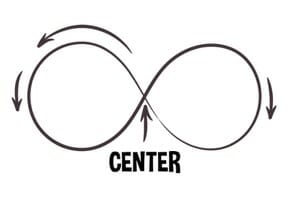
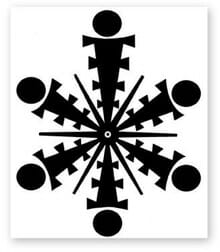
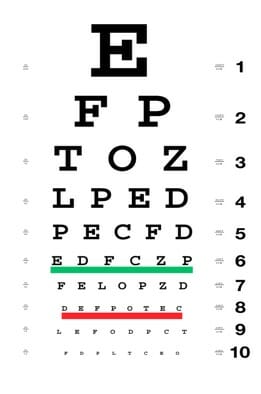

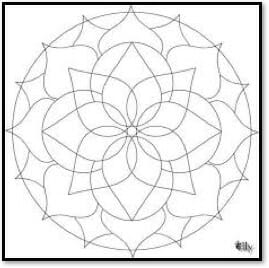
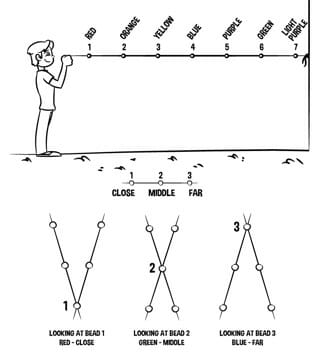


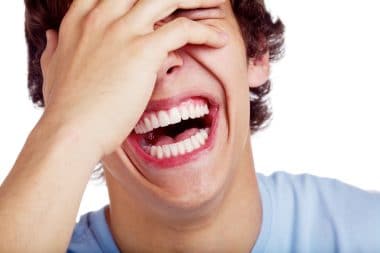
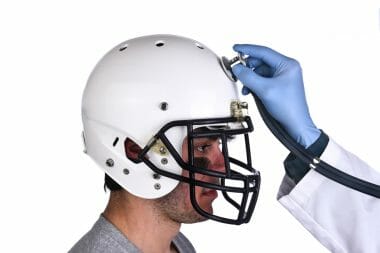

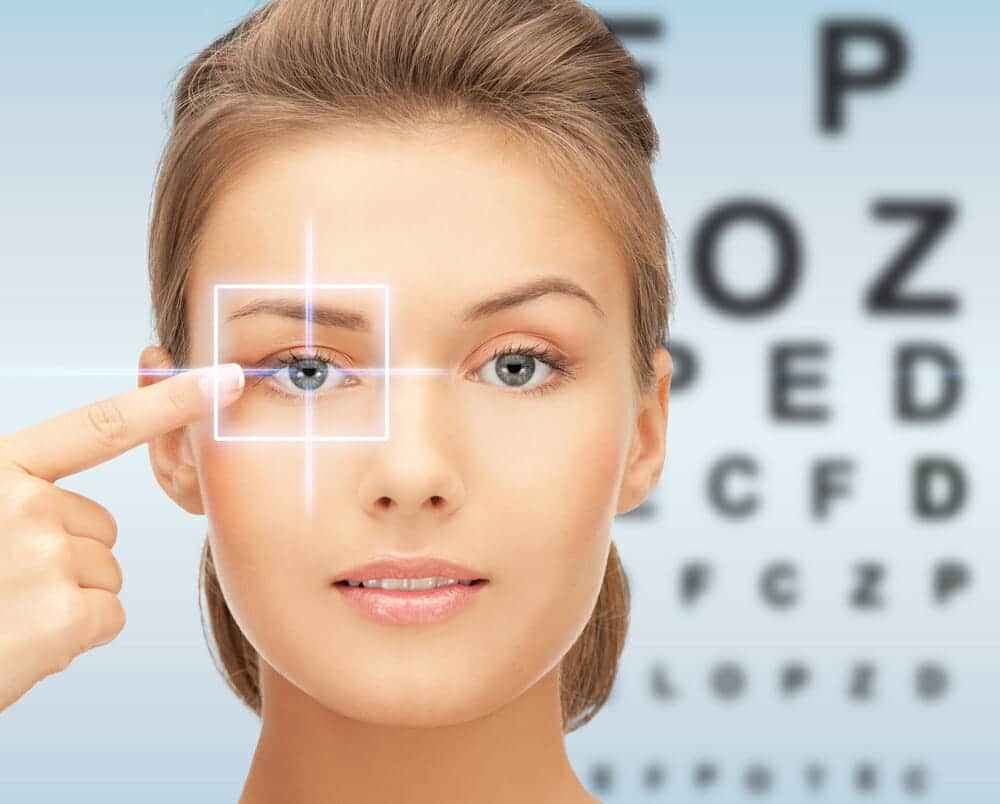
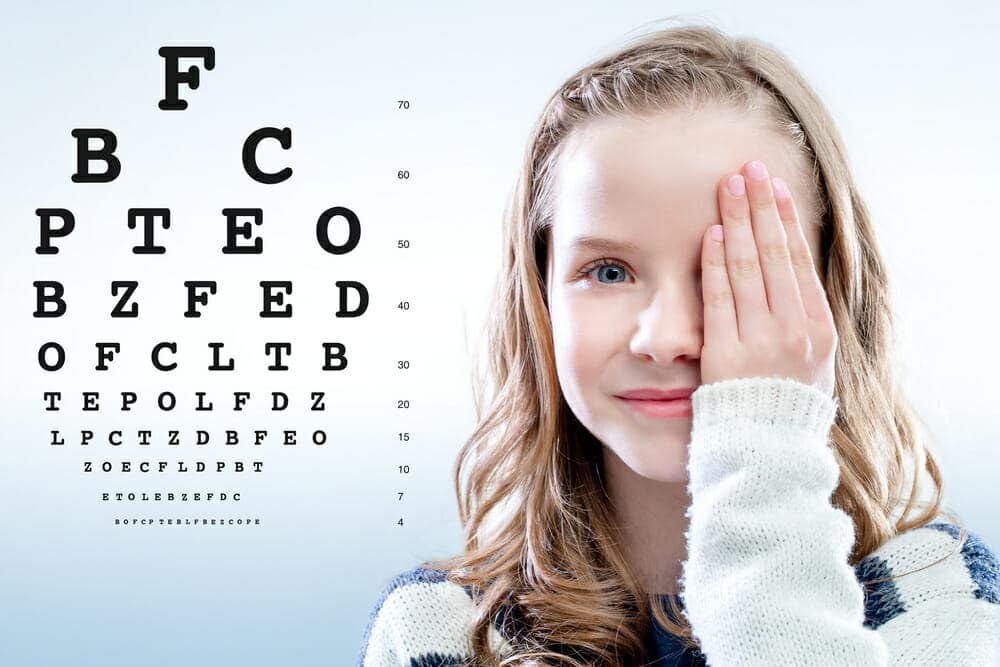
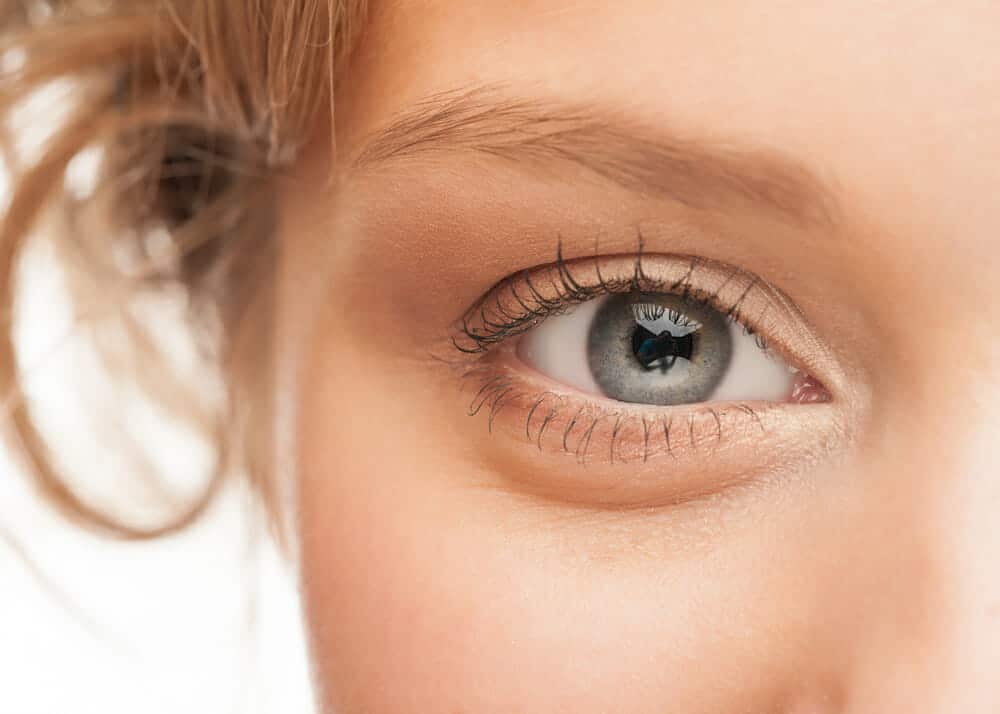
Reply